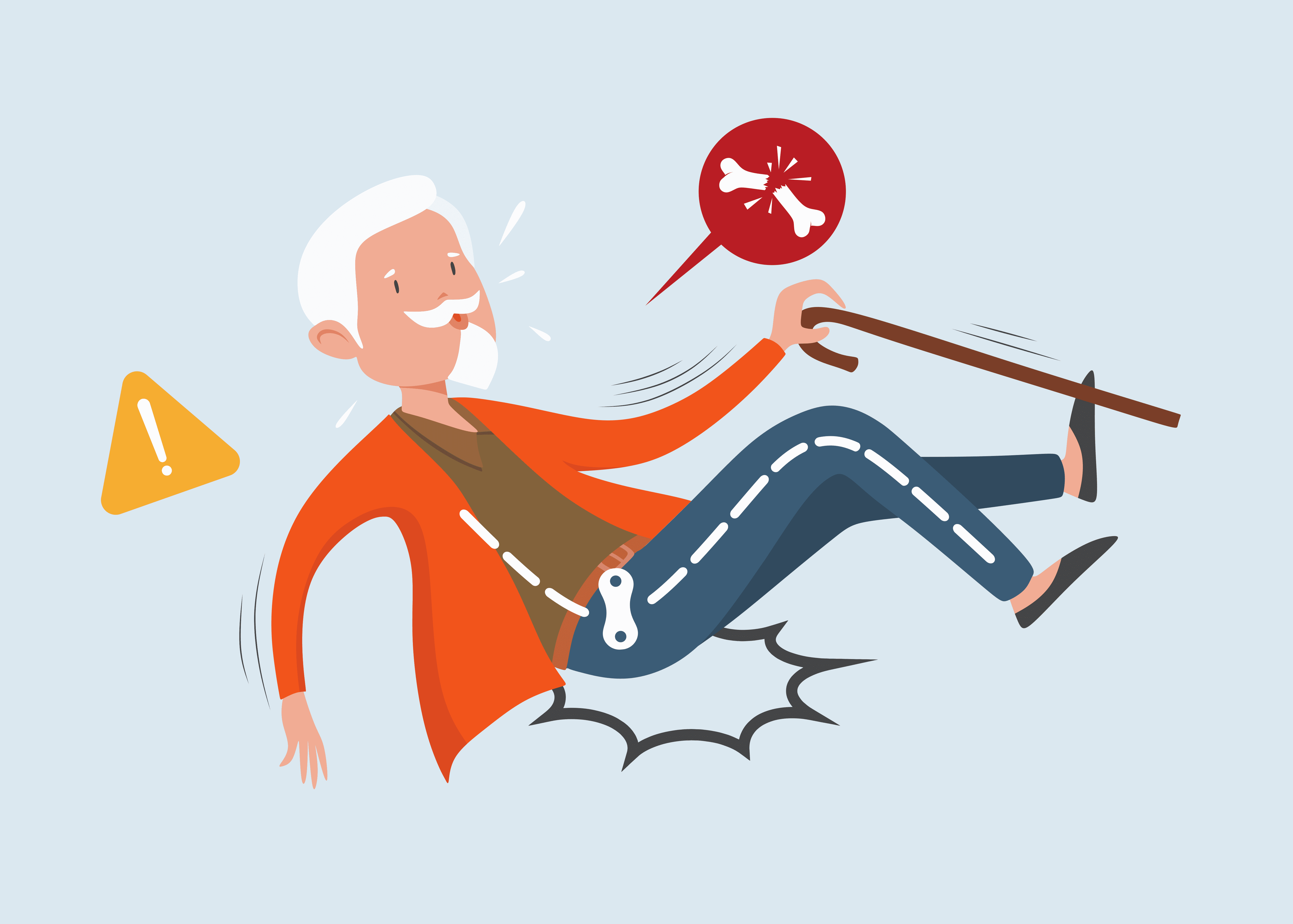
Individuals with Alzheimer’s disease and other causes of dementia are at a significantly higher risk of falling and injuring themselves. Falls affect between 60% to 80% of individuals with cognitive impairment. Individuals with dementia are up to three times more likely to sustain a hip fracture compared to cognitively intact older adults.
Addressing and predicting fall risk in Alzheimer’s disease patients is a crucial aspect involved in care planning decisions. As the disease progresses and neurocognitive impairments become more severe, fall risk increases further.
Below, we discuss the correlation between Alzheimer’s and frequent falls, addressing common causes of falls, tips for preventing falls, and methods for improving the identification of Alzheimer's patients at risk of falls and injuries.
Falls in Alzheimer’s disease patients are multifactorial, and their risk factors are highly interconnected. Many factors contribute to frequent falls in Alzheimer’s disease patients.
While falls may seem like a purely physical issue, aspects of cognitive function are major factors that contribute to increased falls. In other words, while falls are typically due in part to functional impairments, cognitive impairment is a primary factor involved in falls.
Some of the most common factors that contribute to falls are listed below:
Other factors that can contribute to falls in Alzheimer’s patients include:
The National Center for Injury Prevention and Control recommends several methods for reducing the chance of falls in a home environment:
Falls are a serious problem for many senior living facilities. Depending on the severity of falls, they can be extremely dangerous for patients and can greatly impact their quality of life and their required level of care. Falls are often a signal for a transition of care.
While the above tips can certainly help reduce the risk of frequent falls in Alzheimer's patients, there are more robust, strategic methods that can be employed in senior living facilities that may prevent or significantly reduce the risk.
If a patient is at high risk of falls, it is critical to assess a baseline for skilled nursing, not only to better inform care planning decisions but to cover liability. Assessing fall risk at intake and frequently reassessing fall risk throughout patient care is an essential element needed for developing fall prevention strategies to reduce the negative impact of falls on an individual’s quality of life as well as the economic burden of treating falls.
Altoida’s mission is to accelerate and improve drug development, neurological disease research, and patient care. To learn more about our precision-neurology platform and app-based medical device, contact us!